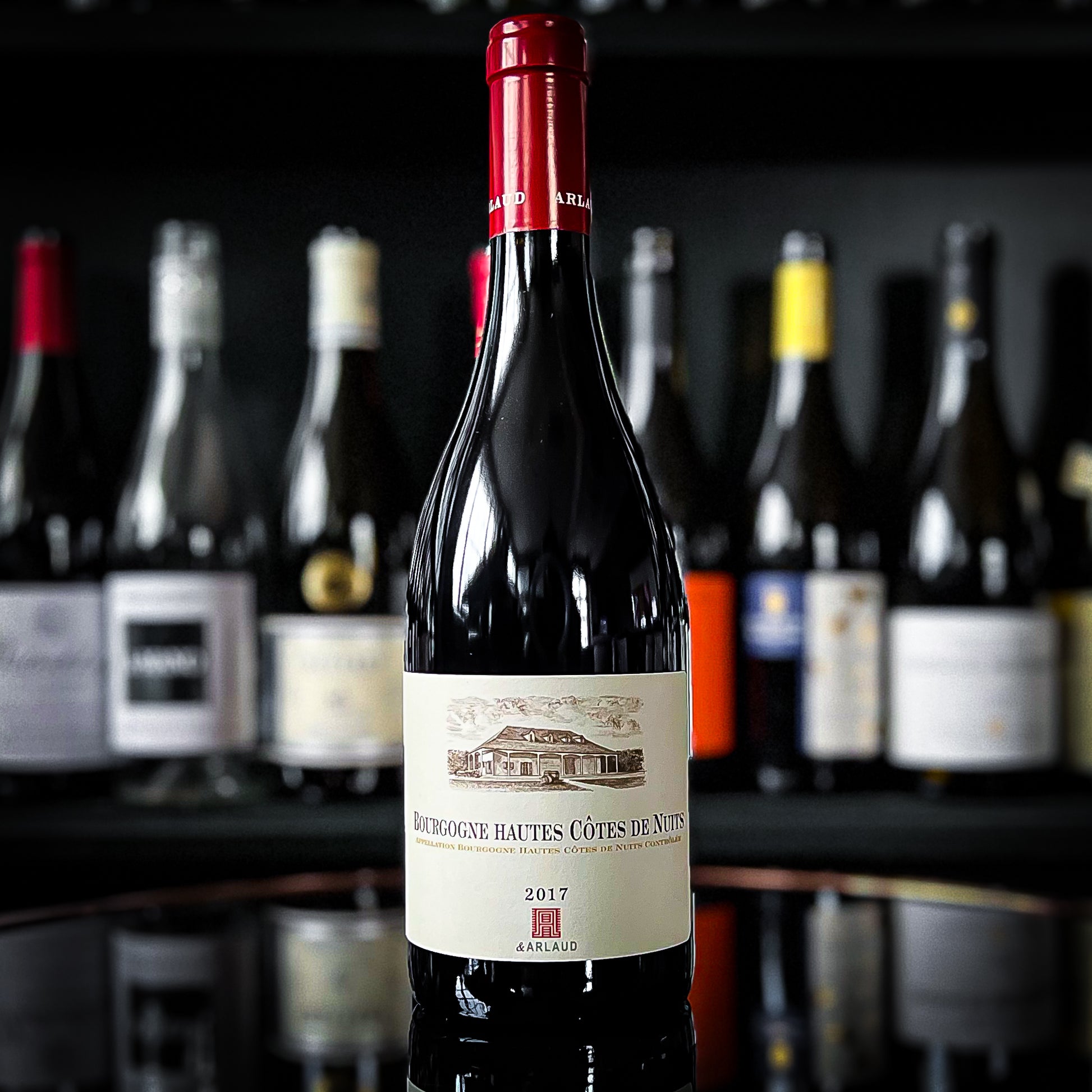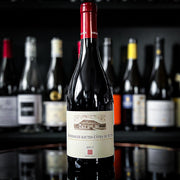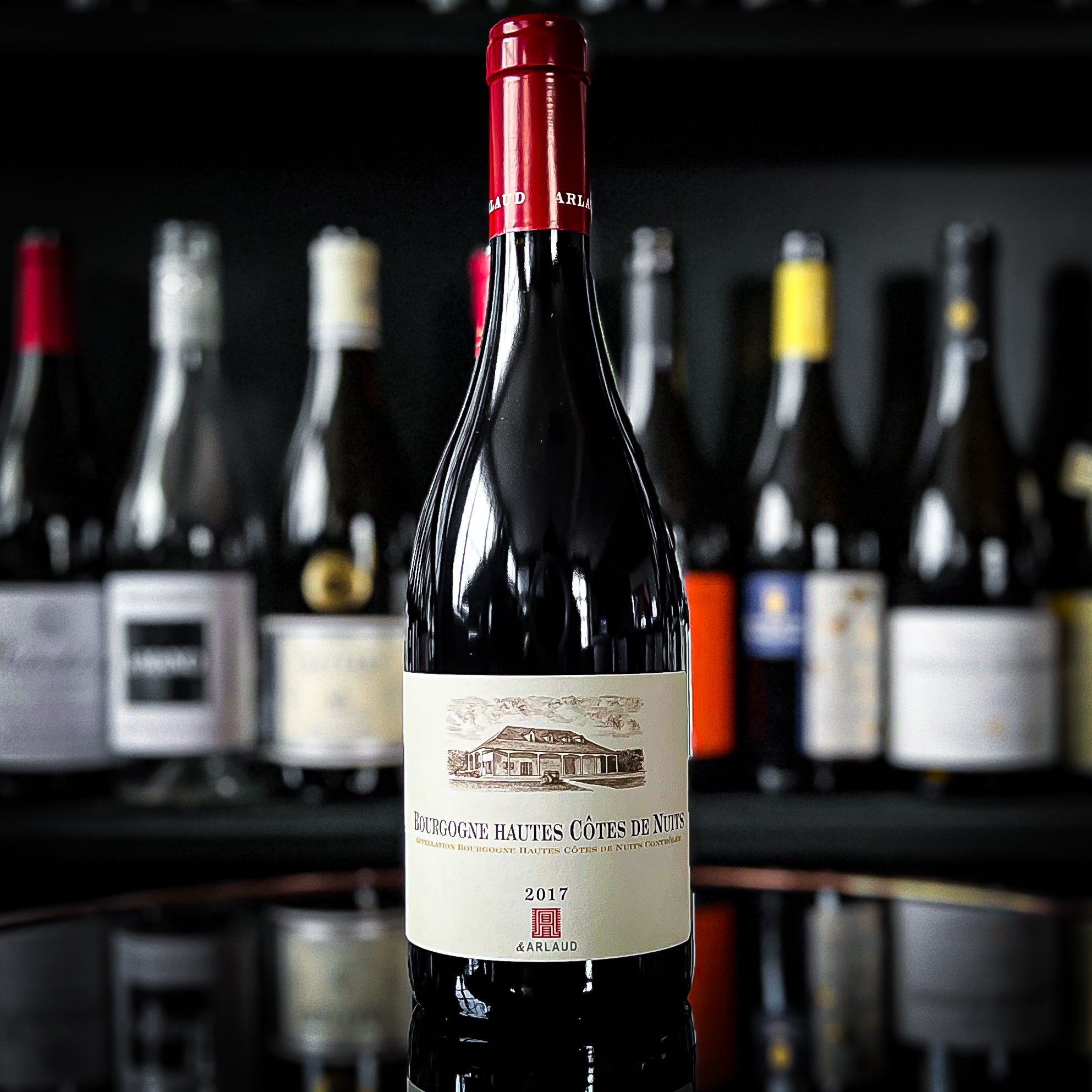Cyprien Arlaud Vins d'Arlaud Bourgogne Hautes Côtes de Nuits
Cyprien Arlaud Vins d'Arlaud Bourgogne Hautes Côtes de Nuits
2022
Burgundy, but from the hills.
Out of stock
Couldn't load pickup availability
The Vins d'Arlaud Hautes Cotes de Nuit showcases irresistible aromatics of black raspberry, pomegranate, cranberry and violets. Succulent and textural on the palate, driven by vibrant mineral energy that amplifies the pure berry and floral flavours. Mouth-watering, long and seriously moreish.
Domaine Arlaud was created in 1942 with the marriage of Joseph Arlaud, a man from Ardèche, and Renée Amiot, a woman from a family with deep roots in the Burgundian wine culture. The bride’s dowry brought parcels in excellent vineyards, which Joseph supplemented by shrewd acquisitions, beginning in 1949. In 1966, the family acquired a 14th Century historical building in which to age their wines. The cellar is displayed on their wine labels.
Producer: Cyprien Arlaud
Producer: Cyprien Arlaud
Region: Burgundy
Region: Burgundy
Grape: Pinot Noir
Grape: Pinot Noir
Pinot Noir
Delivery information
UK Mainland
- - England & Wales: Free standard delivery on orders over £150
- - England & Wales: £10.99 standard delivery on orders below £150
- - England & Wales: Saturday delivery is £24.99.
- - Scotland: Standard delivery from £13.99 but this is dependant upon the shipping postcode
- - Scotland: Standard delivery is subsidised on orders over £150
- - Scotland Saturday delivery from £28.99 but this is dependant upon the shipping postcode.
Local delivery
- - We offer free local delivery to GL50, GL51, GL52, GL53 and GL54 on orders over £100.
- - £5.99 on orders below £100.
- - Saturday delivery is £24.99.
UK Non-Mainland (Islands & Highlands)
- - Delivery costs will vary. Please enter your postcode at the checkout to calculate.
- - We are currently unable to deliver to Northern Ireland.
Delivery Times
- - Standard delivery within 5 business days (Monday to Friday)
- - In most cases, if orders are made before 12pm, we will endeavour (with our delivery partner) to deliver the next working day.
Terms & Conditions
- - Tivoli Wines or our delivery partner will notify you by way of email and/or SMS when your goods are to be dispatched to you. The message will contain details of estimated delivery times in addition to any reasons for a delay in the delivery of the Goods purchased by you.
- - If Tivoli Wines receives no communication from you, within 14 days of delivery, regarding any problems with the Goods, you are deemed to have received the Goods in full working order and with no problems.
- - Free delivery qualifies for orders meeting the minimum order value and within the Mainland UK. Non-wine items do not qualify towards the free delivery minimum order value. Should your order change for any reason resulting in the total order value falling below the minimum order value, you may be required to pay an additional fee for delivery.
- - Additional charges may apply to orders outside of mainland UK (e.g. the Scottish Isles, Isle of Wight, Northern Ireland, Scottish Highlands, Channel Islands) or outside the United Kingdom.
- - All goods must be signed for on delivery by an adult aged 18 years or over.
- - If our carrier is unable to deliver your order, it will be returned to us and an additional charge may required for redelivery.
- - Tivoli Wines, nor its chosen carrier, can be held responsible for the security of your order if specific instructions are left for the carrier in your absence or inability to take delivery.
- - Please read our full Terms and Conditions regarding orders and delivery.




